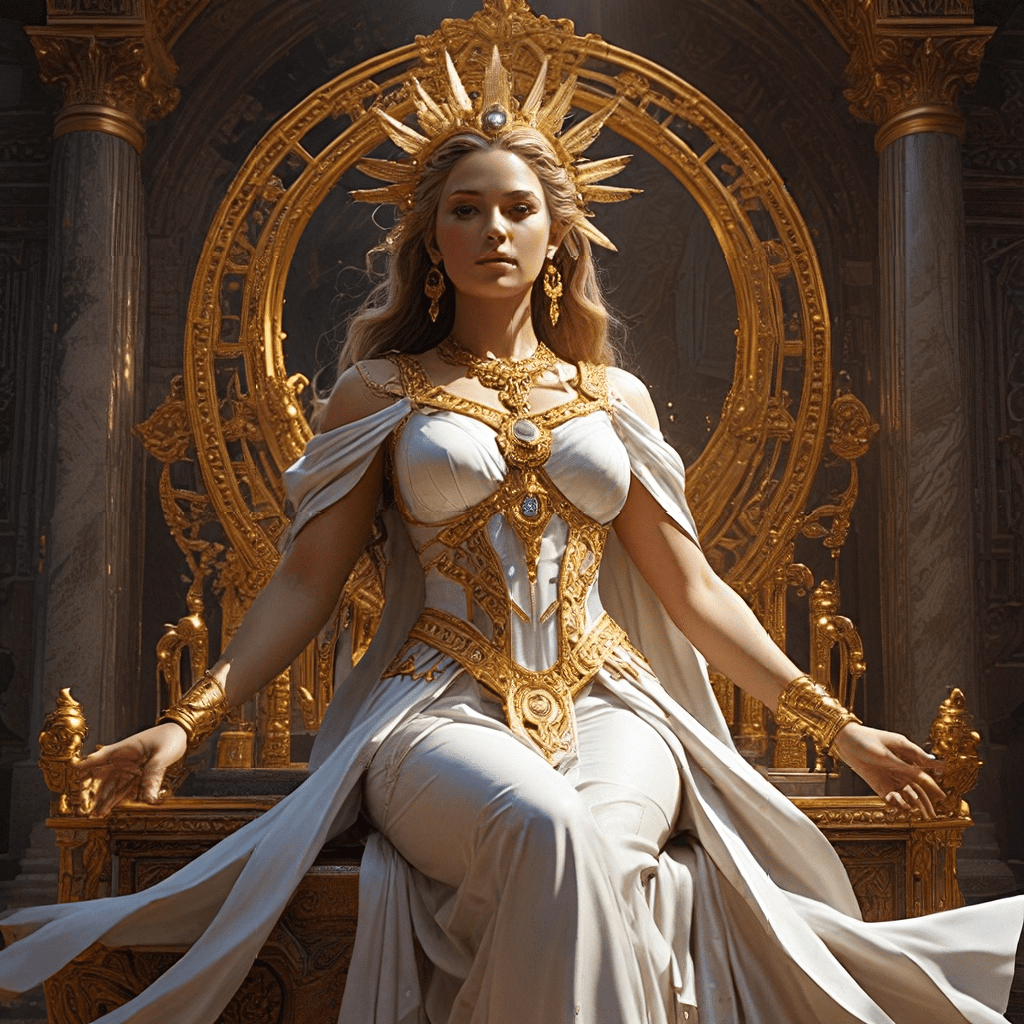The Origins of Bast
In ancient Egyptian mythology, Bast, also known as Bastet, was a powerful goddess revered for her many roles, including protector of the home, family, and women. Her origins are intertwined with the ancient Egyptian belief in the interconnectedness of the natural world and the divine. Bast’s origins are rooted in the ancient Egyptian city of Bubastis, where she was first venerated as the guardian of the city and its inhabitants. She was also associated with the Nile River, a vital source of life in ancient Egypt, and was believed to protect sailors and fishermen from dangers on the water. Bast was often depicted as a woman with a cat’s head, embodying the qualities of both the feminine and the feline.
Bast’s Roles and Responsibilities
Bast was a multifaceted goddess with a wide range of responsibilities. She was known as the “Great Cat” and was revered for her protective nature, especially for women, children, and homes. She was believed to ward off evil spirits, protect against disease and misfortune, and ensure a safe and prosperous life for her devotees. Bast was also associated with joy, music, dancing, and the arts, reflecting her role as a bringer of happiness and celebration. She was also believed to be a fierce warrior goddess, capable of defending her devotees from harm. Bast’s roles as a protective and nurturing goddess are reflected in the many offerings and prayers that were dedicated to her by the ancient Egyptians.
Bast’s Physical Representation
Bast was typically depicted as a woman with a cat’s head, often wearing a sun disk on her head, symbolizing her connection to the divine and her power over the sun’s energy. This representation combined the feminine and feline, highlighting her protective and nurturing qualities and her ability to defend against evil. She was also sometimes depicted as a cat, a lioness, or a woman holding a cat or a sistrum, a musical instrument used in her worship. These representations emphasized her association with cats, fertility, and music, all important aspects of her divine persona.
Bast’s Connection to Cats
Bast’s connection to cats is deeply rooted in ancient Egyptian culture. Cats were revered creatures in ancient Egypt, symbolizing grace, agility, independence, and protection. Their hunting skills, particularly against snakes, were seen as a vital defense against venomous creatures. The Egyptians believed that cats were sacred animals embodying the protective qualities of Bast, earning them special reverence. The association of Bast with cats is reflected in the many cat statues, amulets, and other artifacts dedicated to her.
The Cult of Bast
The worship of Bast was widespread throughout ancient Egypt, with temples dedicated to her in various cities. The most significant of these temples was located in Bubastis, where Bast was the city’s patron goddess. Every year, a grand festival was held in her honor, drawing thousands of pilgrims from across Egypt. The festival was a time of celebration, music, and dancing, reflecting Bast’s association with joy and happiness. During the festival, people would bring offerings to Bast and pray for her protection and blessings.
The Temple of Bast in Bubastis
The temple of Bast in Bubastis was a magnificent structure that served as a center for her worship. It was decorated with elaborate sculptures and reliefs depicting scenes from Bast’s mythology. The temple also housed a sacred enclosure where cats were kept and cared for. The temple was a testament to the enduring power of Bast’s cult and her importance in ancient Egyptian society. This temple was a place of pilgrimage for the ancient Egyptians, and it was believed that Bast appeared there in the form of a cat, offering protection and blessings to her devotees.
Bast’s Connection to Fertility and Protection
Bast was associated with fertility and motherhood due to the cat’s ability to give birth to large litters of kittens. She was invoked for protection during childbirth and was believed to safeguard mothers and children. The association of Bast with fertility also extended to the land, and she was said to protect crops and livestock, ensuring a bountiful harvest. Bast’s connection to fertility and protection is reflected in the many amulets and other artifacts that were used to ward off evil spirits and ensure a safe and prosperous life for families.
Bast’s Role in Egyptian Mythology
Bast played a significant role in Egyptian mythology, intertwining her story with other deities and ancient myths. She was believed to be the daughter of Ra, the sun god, and was sometimes associated with Hathor, the goddess of love, beauty, and motherhood. She also played a role in the myth of the destruction of humanity, where she is said to have protected the remaining humans from Ra’s wrath.
Bast’s Influence on Modern Culture
Bast’s legacy continues to inspire and fascinate people today. Her representation as a cat goddess with protective and nurturing qualities has found its way into modern culture. The popularity of cats as pets and the widespread fascination with ancient Egypt have further solidified Bast’s enduring appeal. Her image is often used in jewelry, art, and other forms of expression, reflecting her enduring appeal as a symbol of protection, fertility, and feminine power.
Bast in Popular Culture
Bast’s story continues to be told in contemporary literature, films, and television shows. She has become a popular figure in fantasy and science fiction, where she often appears as a powerful and enigmatic goddess or a sorceress with feline abilities. Bast’s enduring presence in popular culture is a testament to her enduring influence on the human imagination. She remains a powerful symbol of the ancient Egyptian world, reminding us of the complex and multifaceted nature of the divine.




